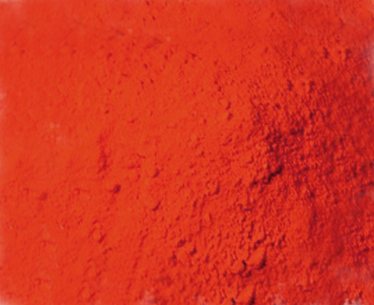The comparison of the quality of plastic paint
2024-07-10
Plastic pigment is a kind of color additive widely used in plastic processing industry. They are not only used to enhance the appearance of products, but also to provide good hiding power and color stability for plastic products. In the market, there are various types of plastic pigments, each with its own unique characteristics and uses. This article will make a detailed comparison of several common plastic pigments so that consumers can make an informed decision when choosing.

Pigment types: Traditional pigments, organic pigments and inorganic pigments are the three common types of plastic pigments. Traditional pigments are made by mixing organic or inorganic pigment powders with resin substances and are widely used in low-cost products. Organic pigments offer a wider choice of colors and have excellent transparency, making them suitable for high-end products. Inorganic pigments generally show better weather and heat resistance.
Pigment stability: Plastic products are subjected to a variety of environmental conditions and loads during use, under these conditions, color consistency is very important. The color stability of organic pigments is relatively poor, easy to be affected by light and chemical factors, while inorganic pigments have better stability, can resist the erosion of the external environment, and maintain long-term bright colors.
The hiding power of colors: The hiding power of different pigments is also an important factor for consumers to pay attention to. Pigments with strong hiding power can quickly and effectively change the color of the substrate, while pigments with weak hiding power may require multiple layers of coating. In this regard, traditional pigments and organic pigments usually have a better performance, while inorganic pigments are relatively weak in covering power.
Environmental friendliness: Nowadays, many countries and regions have put forward higher requirements for environmental protection. Environmental friendliness is an important consideration when choosing plastic pigments. Traditional pigments often contain harmful substances that pose a potential threat to the environment. In contrast, organic pigments are generally more environmentally friendly, while inorganic pigments are considered the most environmentally friendly choice.
Price factor: Price is also a key factor to consider in the decision making process. Traditional pigments are usually cheaper and are suitable for products with higher cost requirements. Organic pigments usually have a higher price because of their good characteristics, while the price of inorganic pigments is relatively stable, which is suitable for products that have requirements for cost and quality.
Consumers should consider the type of pigment, pigment stability, color hiding power, environmental friendliness and price factors when choosing plastic pigments. According to the specific requirements of the required plastic products, the reasonable selection of plastic pigments can provide excellent appearance and performance for the products, and improve the market competitiveness. However, no matter what kind of pigment you choose, you should pay attention to comply with relevant laws and regulations to ensure the safety and environmental protection of use.



